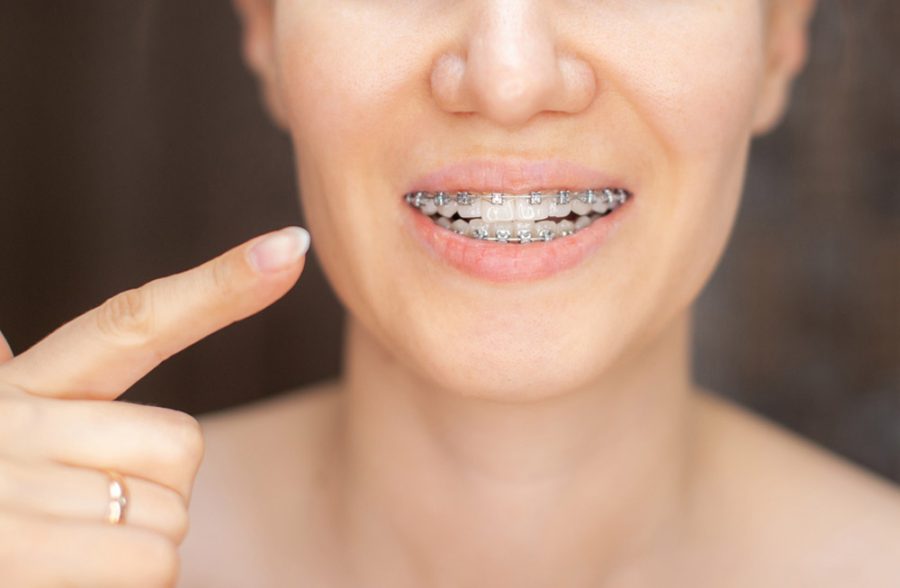Most people know that braces straighten teeth—but few understand how they actually work. Behind those metal or clear brackets is a complex and fascinating process involving biology, physics, and precision engineering. Whether you’re a parent considering orthodontic care for your child, a teen about to start treatment, or an adult exploring options like Invisalign or braces, understanding how these tools reshape your smile can help you appreciate the journey even more.
At My LA Braces, we’ve helped thousands of kids, teens, and adults throughout Montebello and East Los Angeles achieve beautiful, healthy smiles. We break down exactly how braces work to shift teeth into alignment—and why it’s a highly effective treatment that continues to evolve with modern technology.
The Basics: What Braces Are Made Of
Braces are a system of orthodontic appliances designed to gradually move your teeth into a better position. Traditional braces are typically made of the following components:
- Brackets: Small metal or ceramic squares bonded to each tooth.
- Archwire: A thin metal wire that runs through the brackets and serves as the main source of force.
- Ligatures or Elastic Bands: Tiny rubber bands that hold the archwire in place.
- Bands: Metal rings that sometimes wrap around molars for added support.
- Spacers, Springs, and Other Accessories: Used in certain cases to assist with complex movement.
These parts work together to apply gentle, continuous pressure on your teeth, guiding them into their ideal positions over time.
The Science: How Teeth Move
Your teeth aren’t fused directly into your jawbone. Instead, they’re anchored in place by the periodontal ligament—a network of soft tissue that connects each tooth to the surrounding bone. This ligament allows for a small amount of natural movement and is the key to how braces function.
When pressure is applied through braces, the bone and periodontal ligament respond biologically:
- On one side of the tooth, pressure causes the bone to resorb or break down.
- On the opposite side, new bone forms to fill the space where the tooth has shifted.
This biological remodeling allows the tooth to move safely and effectively through the jawbone. It’s a slow, steady process—which is why braces typically take several months to a few years to complete treatment.
Step-by-Step: How the Movement Happens
Let’s break down what actually happens once braces are applied:
1. Initial Placement
Your orthodontist bonds the brackets to your teeth and connects them with the archwire. This wire is pre-shaped to reflect the ideal alignment of your teeth.
2. Force Application
The archwire exerts a gentle but constant force, pulling or pushing teeth into the desired direction. This force is carefully calibrated to avoid damaging the teeth or bone.
3. Biological Response
The body reacts to the force by remodeling the bone. The periodontal ligament compresses on one side and stretches on the other. Bone is removed and added in response.
4. Adjustment Appointments
Every few weeks, your orthodontist will adjust the wires or change them entirely. This keeps the force active and shifts teeth further along the planned path.
5. Alignment and Bite Correction
In addition to straightening teeth, braces correct bite issues such as overbites, underbites, and crossbites. Rubber bands or other accessories may be used for these corrections.
6. Retention Phase
After braces come off, teeth tend to shift back if not stabilized. A custom retainer is worn to maintain the new positions, ensuring your smile stays straight for the long term.
Types of Braces and How They Differ
While traditional metal braces are the most recognizable, today’s patients have several options:
- Ceramic Braces: Work the same way as metal braces but are more discreet.
- Self-Ligating Braces: Use special clips instead of elastic bands to reduce friction.
- Lingual Braces: Attached behind the teeth for a hidden look.
- Invisalign: Uses clear, removable aligners to achieve similar results without brackets or wires.
Each type uses the same principle of applying controlled force to shift teeth. At My LA Braces, we help patients choose the option that best fits their lifestyle and goals.
Why Braces Work So Well
The beauty of braces is that they rely on your body’s natural ability to remodel bone. The forces applied are biologically safe and thoroughly studied. Modern braces are more comfortable, efficient, and customizable than ever before, allowing for precise control of even the most complex dental cases.
Orthodontists are trained to map out every movement needed—often planning months or years in advance. This attention to detail, combined with advanced imaging and 3D planning tools, is what makes orthodontic care so effective today.
How We Can Help
At My LA Braces, we take pride in delivering advanced, compassionate orthodontic care to families across Montebello and East Los Angeles. As the highest-rated orthodontist office in the area, we specialize in creating confident, healthy smiles using the latest in braces and Invisalign technology.
Whether you’re looking for traditional braces, clear aligners, or a second opinion, our expert team is here to guide you every step of the way. We make the process comfortable, informative, and results-driven—so you understand exactly how and why your smile is transforming.
Book a free consultation today and let us show you how braces can change more than just your teeth—they can change your life.

